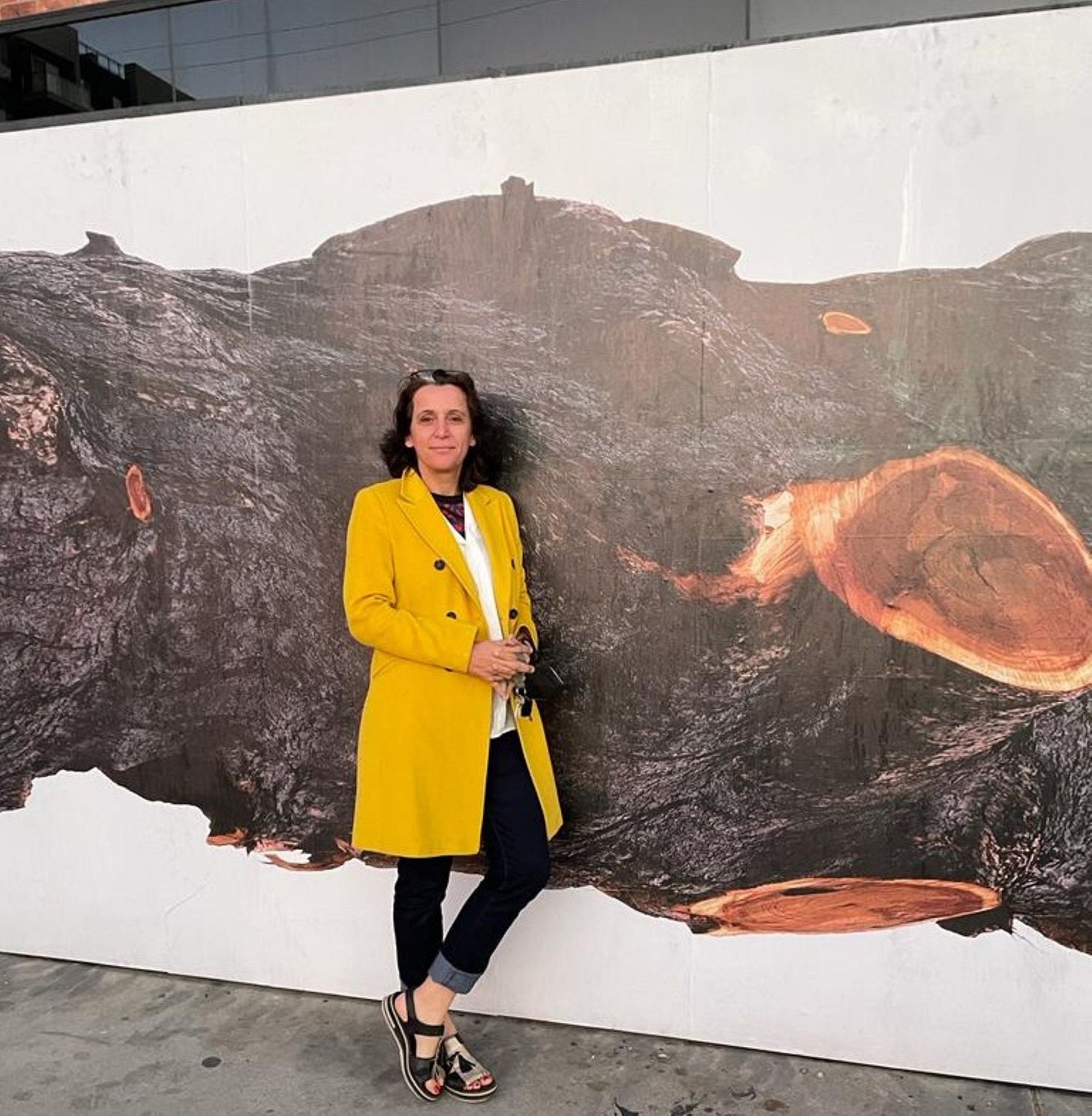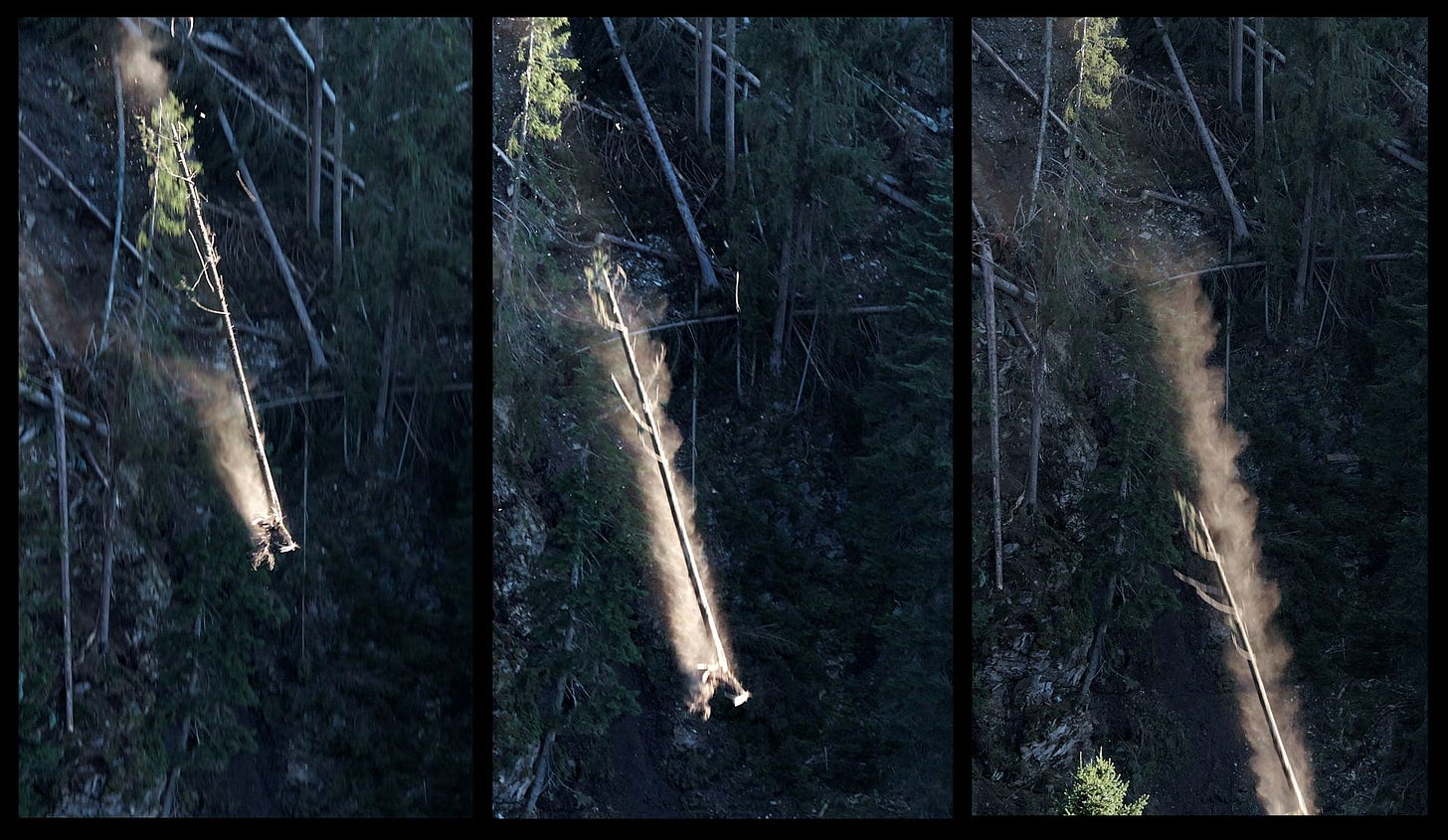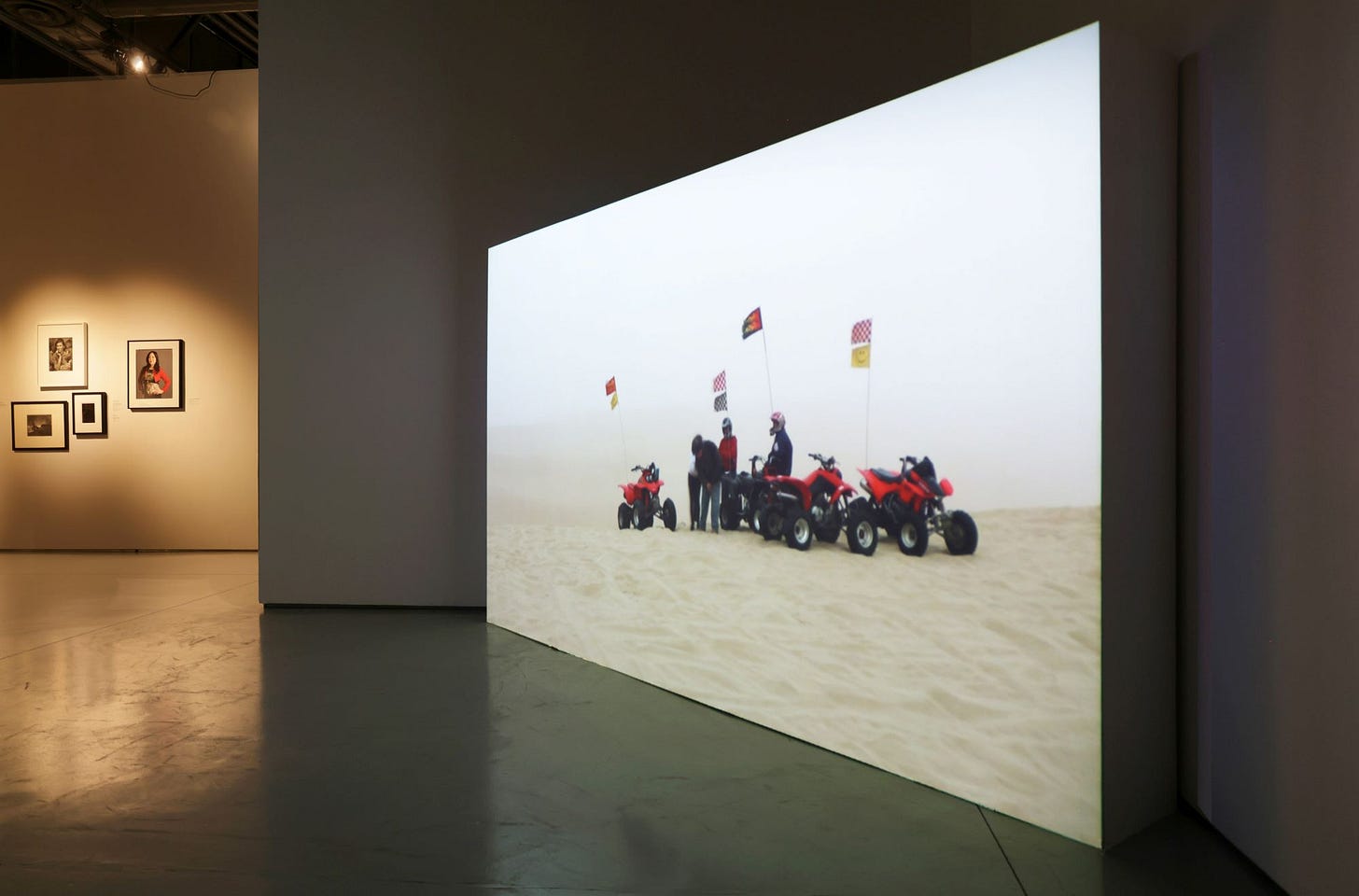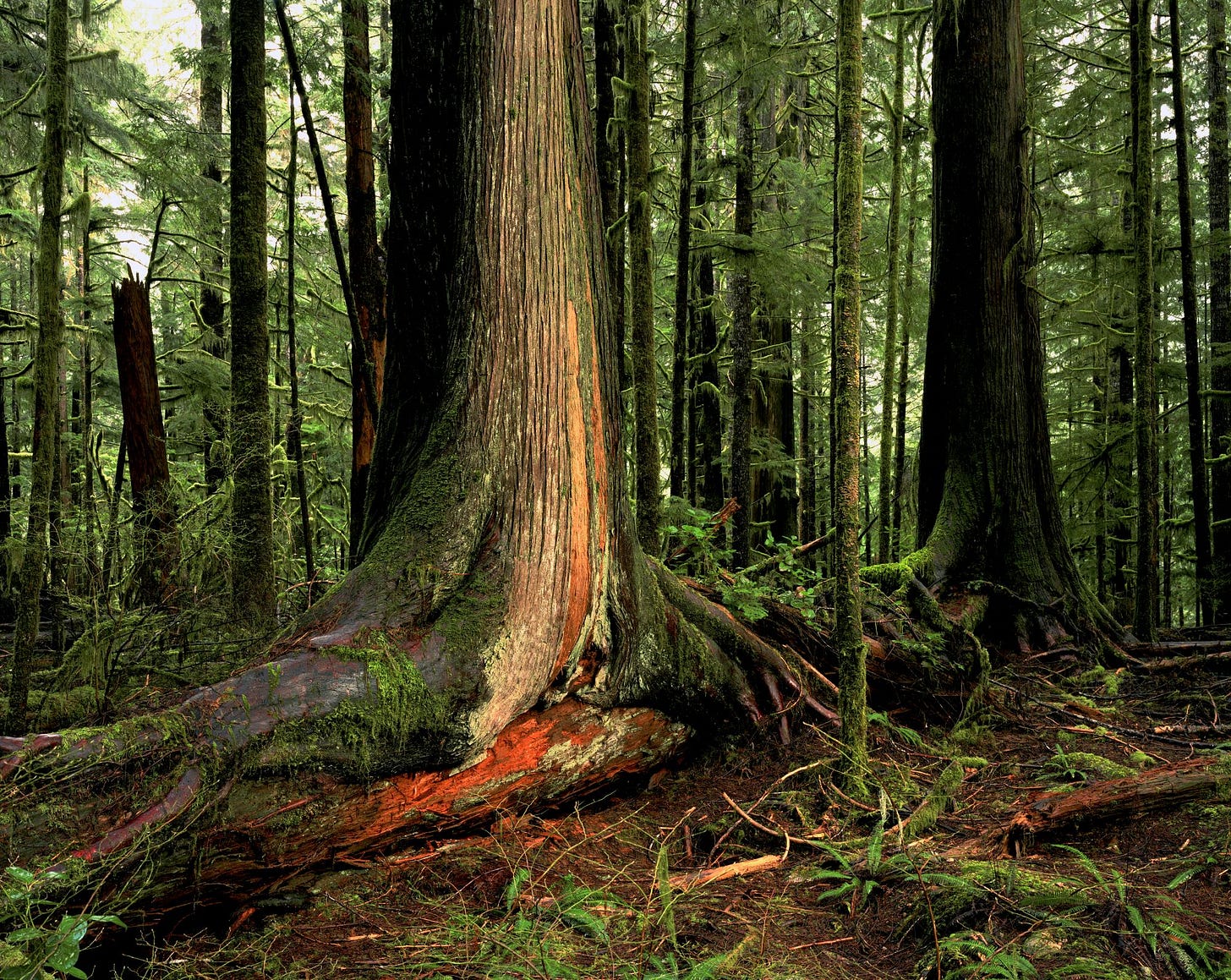Exhibition explores our relationship with 'damaged' planet
Professor's work poses big challenge
A big exhibition opens at the Hatton Gallery in September – one to make you think, maybe change your mind and perhaps even act.
That, presumably, would be the hope of Uta Kögelsberger who cares deeply about the planet and whose artistic practice (to quote from her own website) “frequently positions itself beyond the gallery walls and in the public realm”.
On her Newcastle University staff profile – she is a professor in the school of arts and cultures – she describes her practice as “a multi-tentacled beast” featuring interconnecting strands.
“It is often collaborative and brings myriad people from different disciplines together to set out to articulate social, political and ecological concerns through video installation, photography, sound and sculpture.”
She adds that it often presents itself as a form of intervention “and includes directly activist elements to set about making a difference beyond the visual arts”.
This exhibition, we are told, will challenge us to consider what we would do if this moment was our last chance to choose care over apathy, community over chaos.
Goodness! What would we do?
The exhibition, to be called Some Kind of Love: Actions and Reactions to Living on a Damaged Planet, brings together, for the first time, four bodies of new and existing work that “navigate the tensions between destruction and nurture, fragility and resilience, loss and regeneration”.
Award-winning Uta Kögelsberger is German but grew up in Belgium and has long been based in the UK where, in 2001, she was an artist-in-residence at Berwick Gymnasium Gallery.
You can see from her work that she is well travelled.
The video installation Off Road (2008-14), part of a trilogy, took her to Grover beach in California where one area of sand dunes is strictly protected as a natural habitat while another close by is used for competitive ‘off road’ driving.
Her artistic response to this apparent clash of priorities “investigates how the notion of freedom is lived out in relation to the landscapes of the American West and the complex role it plays in the political system that houses it”.
Fire Complex (2020-22) is a body of work responding to the clear up after the devastating Castle Fire in California in 2020 which destroyed 14% (more than 7,500) of the world’s population of Giant Sequoia (or giant redwood) trees which can live for more than 3,000 years.
In Forest Complex (2023-4) the artist looked at the threat posed by climate change to Alpine forests that help to hold mountain landscapes together – and at the often failed attempts at reconstruction.
A piece of work developed specifically for this new exhibition is a video installation called Forest Choir, inspired by research that suggests music can accelerate plant growth and strengthen floral immune systems.
It was made in collaboration with the Brussels Opera Youth Choir and “explores notions of love, care, loss, climate grief and recovery”.
Julie Milne, chief curator of art galleries at North East Museums, which manages the Hatton, says: “We’re thrilled to welcome Uta Kögelsberger’s thought-provoking work to the Hatton Gallery.
“This exhibition offers a powerful artistic exploration of climate change and humanity’s relationship with nature.”
The Uta Kögelsberger exhibition opens at the Hatton Gallery, Newcastle, on Saturday, September 20 and runs until January 24, 2026. Entry is free (donations welcome).






